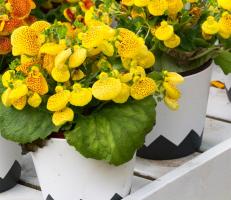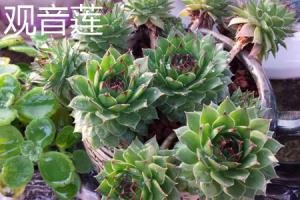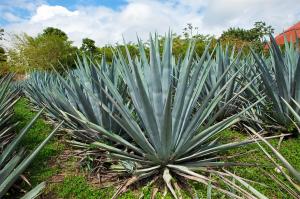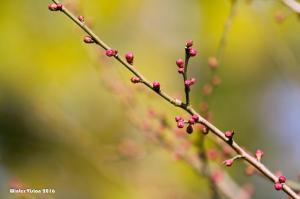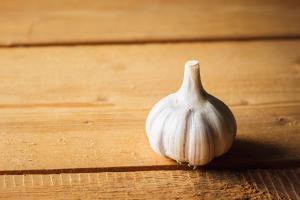How are plants pollinated by water
Most people may not realize that water can also be a pollinator for some aquatic plants. While it's true that bees, butterflies, and other insects are the most common form of pollinators, there are specific plants that have adapted to utilize water for pollination. These plants are referred to as hydrophilous, meaning they are water-loving.
Types of water pollination
There are two main types of water pollination, namely surface water and underwater pollination. Surface water pollination is where pollen grains float on the surface of the water, carried along by the wind or water current until they reach an appropriate female plant. Underwater pollination, on the other hand, happens when the pollen is released below the water's surface and drifts to the female flower.
Plants that use surface water pollination
Surface water pollination is a technique mostly used by plants that grow in shorelines, rivers, shallow lakes and ponds, and other freshwater sources that are not too deep. Examples of plant species that use surface water pollination include the water lily, arrowhead, and parrot feather. These plants grow in freshwater habitats and rely completely on water to disperse their pollen.
Plants that use underwater pollination
For plants that grow below the surface of the water, underwater pollination is the most suitable method of pollination. In this type of pollination, plants release their pollen directly into the water, where it drifts until it reaches the female reproductive parts of another plant. Common examples of plants that use underwater pollination include Vallisneria and Zostera, which are commonly found in rivers, ponds, and other aquatic habitats.
Benefits of water pollination
Water pollination is an essential process for aquatic plants. Without pollination, these plants would not be able to reproduce, ultimately putting their ecosystem at risk. Additionally, water pollination is an efficient and reliable form of pollination. Pollen grains carried by water currents or wind tend to have greater distances, leading to a more extensive genetic exchange among plant populations compared to pollinators like insects and other animals. Lastly, water pollination helps plants adapt to their unique environment, resulting in a higher rate of survival.
Conclusion
In conclusion, water pollination is a fascinating aspect of plant reproduction. Certain hydrophilous plants have evolved to use water as a pollinator, ensuring the survival of the species. Surface water and underwater pollination are the two most common types of water pollination, each with its own unique approach. Understanding how water can be a pollinator helps us appreciate the complexity of plant life and the vital role that water plays in our ecosystem.

 how many times do yo...
how many times do yo... how many planted tre...
how many planted tre... how many pine trees ...
how many pine trees ... how many pecan trees...
how many pecan trees... how many plants comp...
how many plants comp... how many plants can ...
how many plants can ... how many plants and ...
how many plants and ... how many pepper plan...
how many pepper plan...